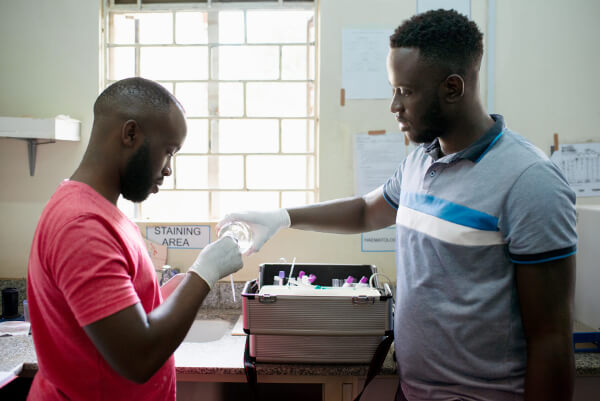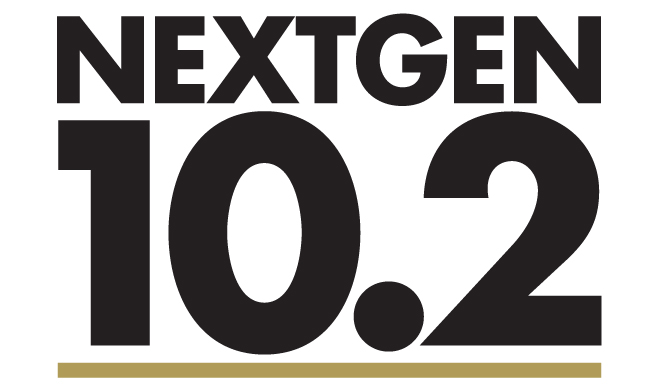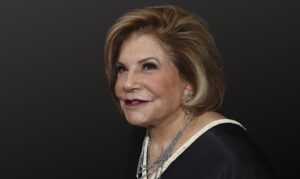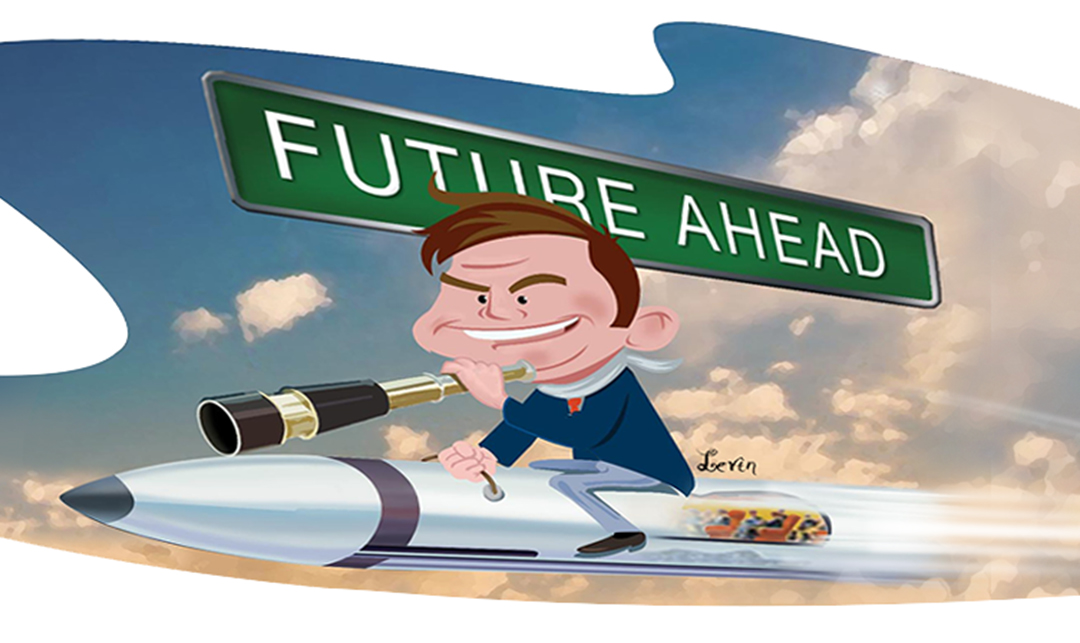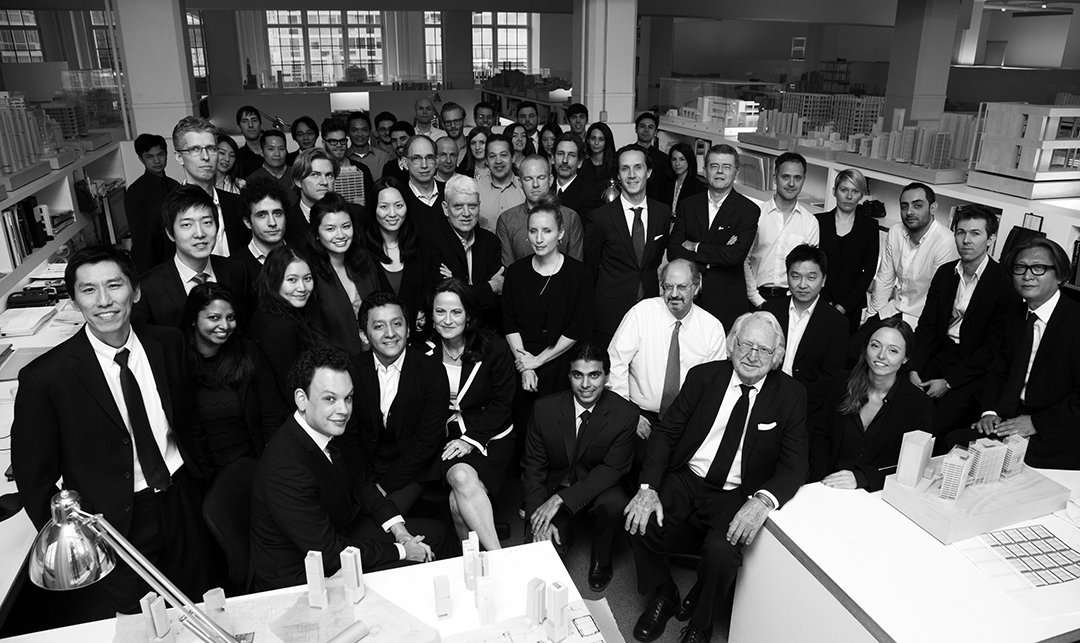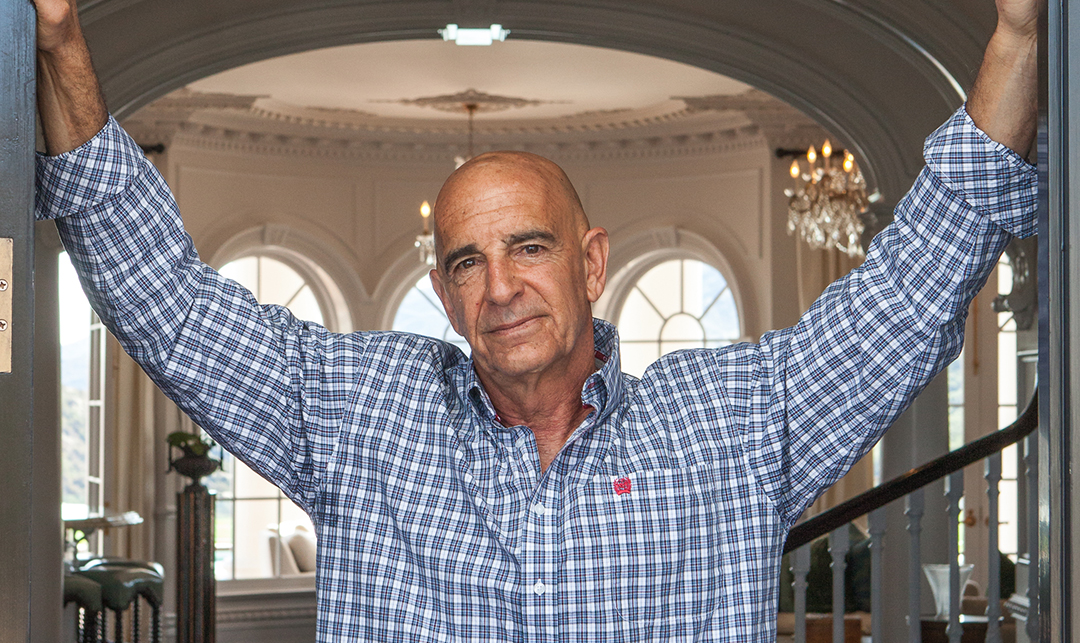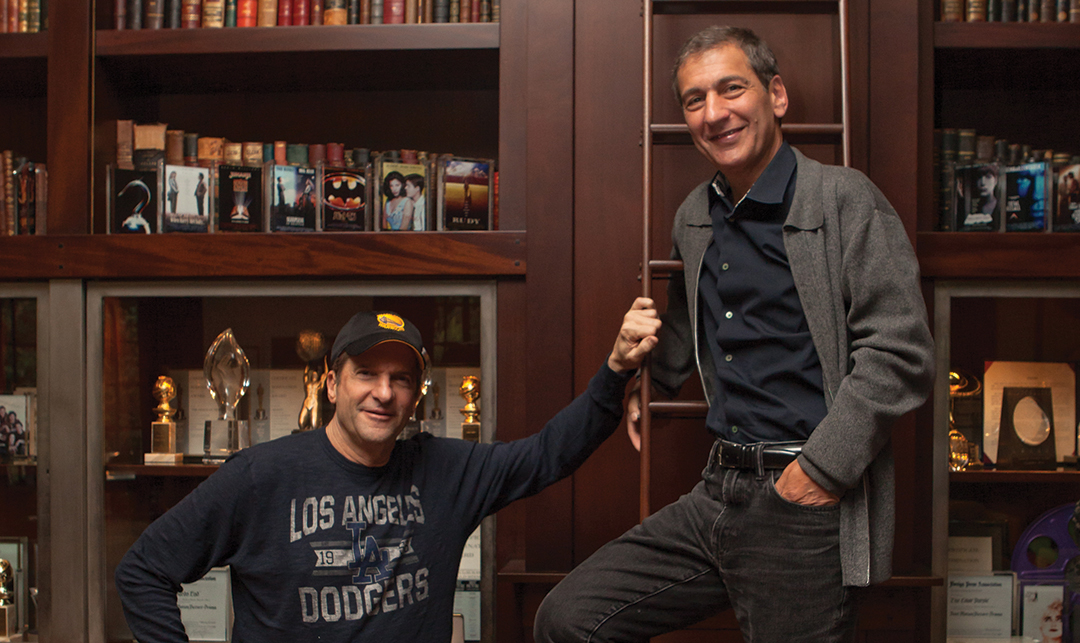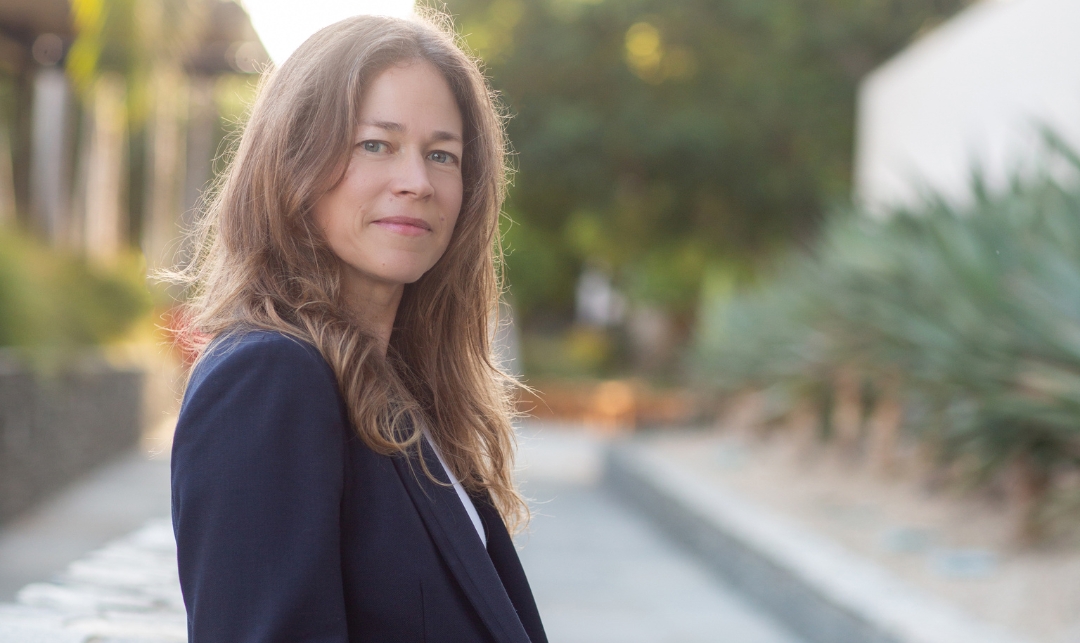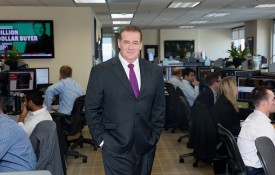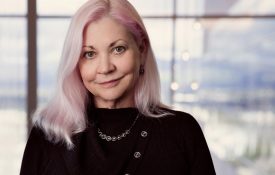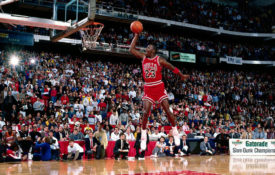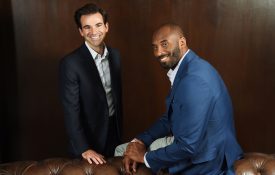In my role, I sit at the intersection of business strategy and creative, laying the groundwork for creative teams to drive meaningful business impact.
I see my team as architects and builders where everyone is working off the same blueprint in order to deliver hundreds of creative assets on a daily basis. This means creatives working in concert with marketing strategy while navigating complex requirements and platforms. In order to make this happen, my team and I assemble the scaffolding, obtain the permits (i.e., the permissions and buy-in from various stakeholders), and help funnel the creative energy toward making something that exceeds all expectations. When operations partners work with creative in this way, it shifts the energy from the tactical and procedural to something more dynamic, where team members become creative problem-solvers.
Here are five lessons learned and how they could apply to other businesses, industries and sectors:
- Creative strategy is business strategy. Yet, there is often a divide between business teams and creative teams. Creative (the creation of brand ads, trailers, teasers, key art for television shows) is often completely outsourced to agencies, which can make it feel like the different groups are different species, speaking different languages. When such a gulf exists between teams, it manifests in the work. The net result is marketing leaders who are frustrated that their campaigns are missing the mark, and creative directors who are frustrated that stakeholders aren’t in sync with their ideas. The work suffers; campaigns are less effective, and budget pressures follow. The magic unfolds when there is authentic collaboration between the teams driving the strategy and the teams developing creative. But, for this type of collaboration to happen, leaders need to be willing to step out of their comfort zones–to give up some control and embrace some uncertainty. As Michael Eisner once said, “The essence of creativity is to be willing and able to take risks. Without risk-taking, innovation cannot flourish.” When leadership across teams is aligned, they can identify risks worth taking. A strong creative strategy can help a business better understand audience insights, better articulate reasons for being in consumers’ lives, and shed light on new paths forward to drive the business. When we work together, our teams have the power to unlock ideas that are hiding around corners–often discovering things we wouldn’t have found in isolation.

- The process is always evolving. When I started at Hulu seven years ago, I thought I would help the new CMO set up her new marketing organization, develop the planning process, and operationalize the work – then I would move on. About a year later, we had things running well: we had the right focus, the right people, meaningful meetings and an effective process. These new efficiencies cleared the way to see new opportunities to reinvent how Hulu was approaching branded content. This meant standing up a new creative team and merging with our ad sales marketing group, which meant that new processes would be required to help these teams work together. The insight here is that as the company evolved the processes needed to evolve with it. The operations work all began again. As we continue to refine our strategy across the Disney brands, our processes continue to improve–new processes are created to keep the work on track. New processes are important because, as I have found through experience, when you patch over holes in processes to align to new strategies, you eventually have a road so rough that it is difficult for teams to navigate, and it slows down the work. New processes are intimidating, and people are often reluctant to take things apart, to lay down a new road after putting in such an effort on the first, but the process of rebuilding always unearths new opportunities. We always know more the next time we start.

- It’s okay to learn as you lead. Years ago, I was told I lead more like a teacher than a manager. I initially tried to correct for this. I thought it meant I lacked a necessary authoritative edge. Every attempt to be more dogmatic felt disingenuous, moving me away from my instinct to help my team members understand how we solve marketing problems. I realized I wanted to create a space where it was safe not to know it all, safe to ask questions. I knew I could disarm people’s defenses and make them feel more comfortable in meetings by being the first one in the room to say that I didn’t understand something. As I have expanded my scope and team size, I have leaned into my teacher ways more than ever. It gives space for others to be open, ask questions, and then teach to their areas of strength. I can be a teacher in a corporate space where success is often seen as projecting confidence and knowing everything. I am confident in the fact that I do not have all the answers. I’m okay with asking questions, with being open to learning more about something. This opens the door to more collaboration, more honesty, and more authenticity. I want to be both a student and a teacher forever, which just means that I want to continue to learn and to share my knowledge with anyone interested. Being curious leads to great outcomes and curiosity is infectious.

- Making things together + eating things together = community. Making things together helps us connect, recharge, and express ourselves creatively. Eating together creates community, because it gives us a moment to put aside our work tasks and to talk. As a team that spends our days blocking and tackling so that creatives can make the winning plays, I saw the need for more creative outlets and points of connection for our team. After a particularly long week, I realized how much I missed the volunteer art lessons that I used to teach in my son’s second grade class. Reflecting on the sense of community that work brought me, I decided to take one of our team meetings each month and dedicate it to “Art & Eats.” For our first art lesson, we learned about Wayne Theibauld, an early “inbetweener” at The Walt Disney Company who went on to become a famous painter known for his pop art depictions of cakes and ice cream. We spent an hour drawing our sweets, talking about our creations, and eating delicious cake! I saw more smiles, laughs and engaged listening in that one hour than I had seen in many months of meetings. Now, team members take turns leading lessons of their own once a month, including arts, crafts and skills we didn’t know existed on our team. The “Arts & Eats” meeting helps to build relationships across the team by connecting with and learning from each other through the arts.

- Storytelling is key. Stories are how we make sense of who we are. And, great entertainment is breakthrough storytelling. At Disney, we are fortunate to work in one of the best entertainment ecosystems in the world, spanning brands like Hulu Originals and ABC, Freeform and Onyx, FX and Searchlight. What we know how to do well is study the rules that have led to our success: know your audience, appeal to a broad segment, produce relevant stories, and look for patterns in past successes. We also know how to systematically throw away the rules: create a piece of content that on paper has no broad audience; spotlight something that no one else is talking about, and not be afraid to toss out the formula of the past. Walt Disney once said, “Around here… we don’t look backwards for very long. We keep moving forward, opening up new doors and doing new things… and curiosity keeps leading us down new paths.” Storytelling is both an art and a science–it’s about harnessing our intuitions from previous successes and failures and believing in bold ideas. So many businesses live in one realm or the other – relying solely on data, or putting all their faith in brand, design and creative. But around here, I like to think that we embolden ourselves with knowledge and creative risk-taking that these things ultimately drive our teams to tell the most compelling and innovative stories for our brands.
Liz Powers-Charest leads marketing strategy and operations in the entertainment and tech spaces. Liz currently leads teams at Disney Entertainment Television, where she coordinates and launches hundreds of shows and brand campaigns annually across Hulu, ABC, Freeform, Onyx, National Geographic, Disney Branded Television, and more.



